
The Advent Of The Experience Economy
A quick Google search about ‘The Experience Economy’ reveals that the term was first explored in a 1998 published article by B. Joseph Pine II and James H. Gilmore, under the title “The Experience Economy”. The duo brought out the Experience economy as the next economy taking after Agrarian economy (Commodities), the Industrial economy (goods), and the recently Service economy (Services) Privy to which many other scholars had looked at the concept.
Primarily born within the Business landscape, the concept of Experience economy has crossed into varied fields and currently applies entirely to all divides.
The concept thus argues that businesses and or stakeholders should endeavor to create and sustain memorable events for their clientele upon which the memory becomes the product.
What all the fuse about the Experience economy? Everywhere Goods and services are being commoditized. The Consumer of today wants experiences.

Consumers to be precise want memorable events that engage each of them in a primarily personal touchy way.
There’s a growing need for affiliation. Businesses must thus embrace the principles of the Experience Economy to stage ever-more engaging experiences for the current day informed and spoilt for choice customer.
Arguing in support of the principle, services are beginning to look like commodities owing to a mix of factors to mention; enlarged customer expectations, magnified competition, widened proliferation of the internet and overall technology among others. Products can be sub categorized as unrefined (commodities) and or refined products. In a similar case, service markets build on goods markets. Goods market in turn build on commodity markets.
To the higher Condrum, experience and transformation markets build on commoditized services. Such as consulting services, internet bandwidth and the list grows.
In a nut shell, let’s demonstrate the journey to the Experience economy using a simple Coffee example.

Come to think about it in the ancient days coffee for example was grown on farms, the beans were plucked, dried and ground with stone for use in homes. The production was basically subsistence. In this scenario coffee is a commodity. Then came a point in time and machinery were invented to manufacture coffee beans into coffee (the powder) and thus here coffee is a product or good upon which consumers bought it off the shelves and used it in their homes. Along the way entrepreneurs seeing a niche need for ready to drink coffee got into the business of preparing and serving coffee to customers at cafes, fast food joints and restaurants. This is a service and customers are charged for the service. The entrepreneur while deciding his price looks at the cost of acquiring coffee and the capital investment that he put in to serve the customer. Fast forward and there came the concept of serving coffee in sophisticated tastes under serene surroundings with rider benefits such as Wi-Fi connectivity, order as per taste in the advent of the Experience economy.
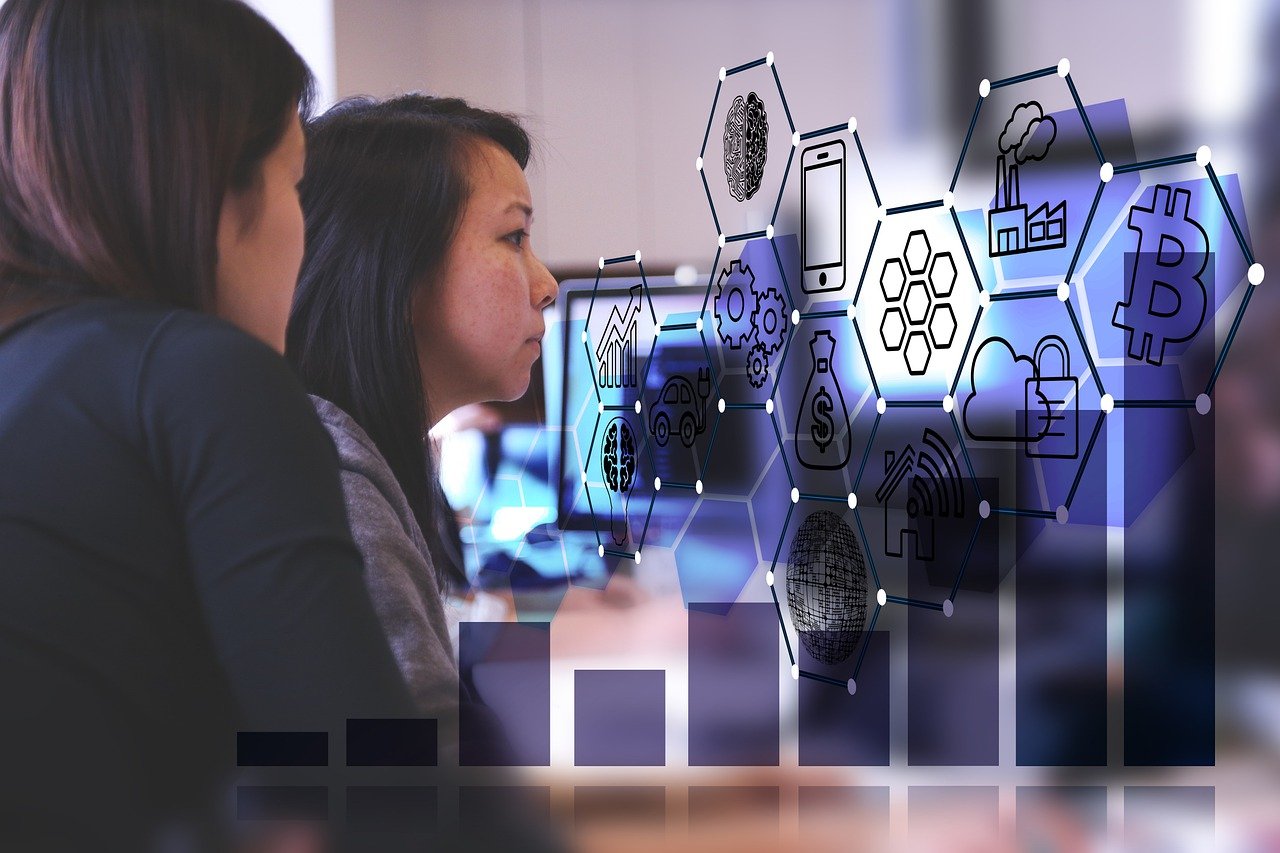
Such brands such as the Starbucks coffee house and The Java of this town stands out serving coffee wrapped in state of the art hospitality. What customers thus pay for is no longer just coffee rather the experience of being served coffee with state of the art hospitality. As you might notice at every stage of commodity, product, service then experience there are variations in taste, preferences and thus price and overall pricing model. It is prudent to notice the progression of the value chain. For instance, a farmer sells a kilo of coffee beans (commodity) from the farm to the manufacturer at less than a dollar and on the other hand a mug of coffee served at say Starbuck costs or Java in this case US$3.50. Later on will look at what inspires the differences in charges at the diverse levels.
That said, the classification for each stage in the evolution of products is; a commodity business which charges for undifferentiated products, a goods business that charges for distinctive, tangible things, a service business charges which for the activities you perform, an experience business that charges for the feeling customers get by engaging it and a transformation business charges which for the benefit customers (or “guests”) receive by spending time there.
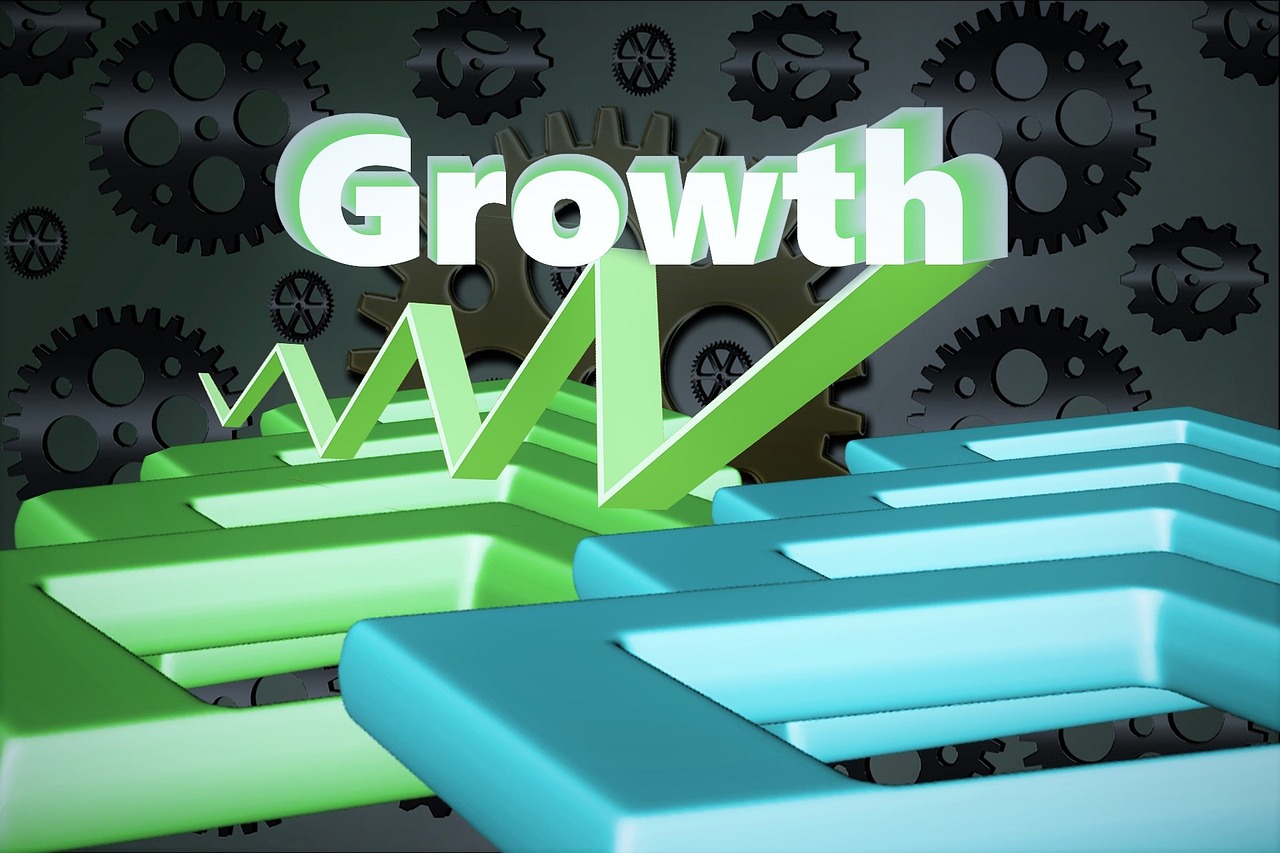
Let us have a quick glance at a variation of examples that depict the experience economy in action within different business Industries;
The experience Platform is an innovation under the tech business industry. With the experience platform, the business crates an online platform and or portal which is accessible to all its consumers and allows an interface for posting and sharing the experiences the clientele has had using its offerings. Be it commodities, goods, services and or experiences. The Experience platform in itself it’s an experience since it gives the customer room of expression and opportunity to benchmark.
Within the banking industry and just as it is well quoted at the start of this article, experience economy can apply in entirely all industries and business disciplines. The banking sector is not left out thus. Lately with the need to serve huge number of customers, banks are chasing the very customers they are hunting away from the banking hall.
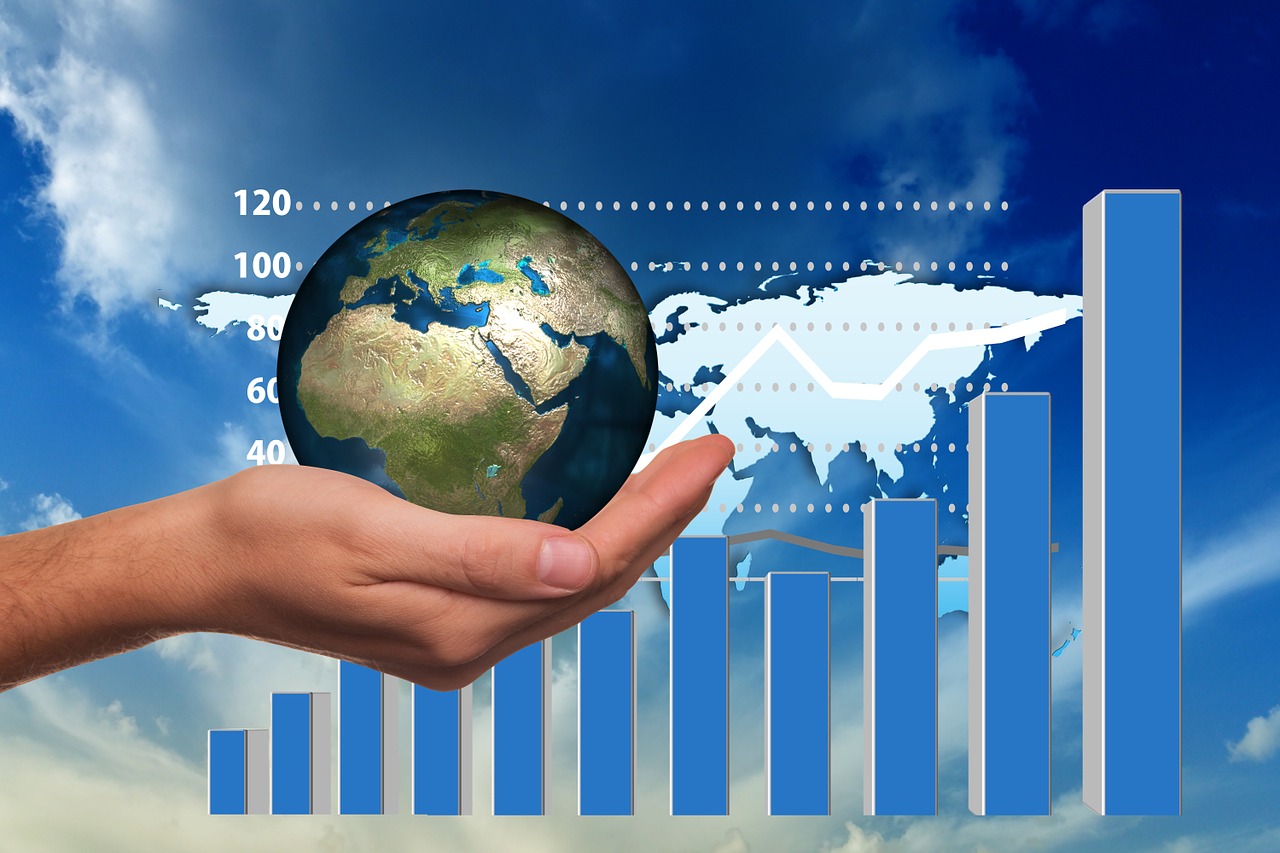
In essence banks do not spend time with their customers. They prefer to send them out giving options of ATM machines, Mobile banking and apps, online internet banking and lately the concept of agency banking within the local context. Banking customers thus feel distance from their service providers. Having noted this scenario, Barclays Bank embracing the concept of the Experience Economy, invented features banking that is an online platform that allows customers to open accounts choosing variations of features they like. It gives customers the feeling and experience of inclusion.

Customers thus are at will to have their own experience of Coke!
Engineering industry as well is still well placed to embrace the experience economy. A quick example is an Engineering firm Nodex that its version of the Experience economy entails inclusion of an experience room within their office set up. In this innovation, the second floor of the office is set up as an experience room. The board room exists on the first floor and it is where client negotiations are held. Before a client signs up the contract, the staff leads her or him to the second floor where a slide tunnel is been built leading back into the first floor board room. As a surprise, the client is made to slide through the tunnel and Alas! They find themselves back at the boardroom. What an experience! In eventual dealings with the engineering firm, the client will never forget the experience of sliding to the board room amid fun from the entire staff.

Cemex is a Netherlands based Cement Company that we can use as a case study for experience economy within the Construction business industry. Netherlands just like Nairobi is known for Congested Traffic. Thus goods delivery is quite a challenge and manufactures and entrepreneurs alike grapple with delayed orders and order cancellation. Cemex embraced the Experience economy to put up warehouse stores and feeder factory plants around the city’s main towns and have stand by delivery trucks fully fitted with GPS systems that read client order and location. Thus when a customer orders, the nearest truck delivers to them and the stores. In this way a customer gets his order as ordered in the right time and quantity.
Around the hospitality industry, a great concept to pin point with regards to embracing the Experience economy is the idea of “Dinner in The Sky” in Paris France. A prominent hotel organizes dinner packages for customers served in a unique memorable experience.
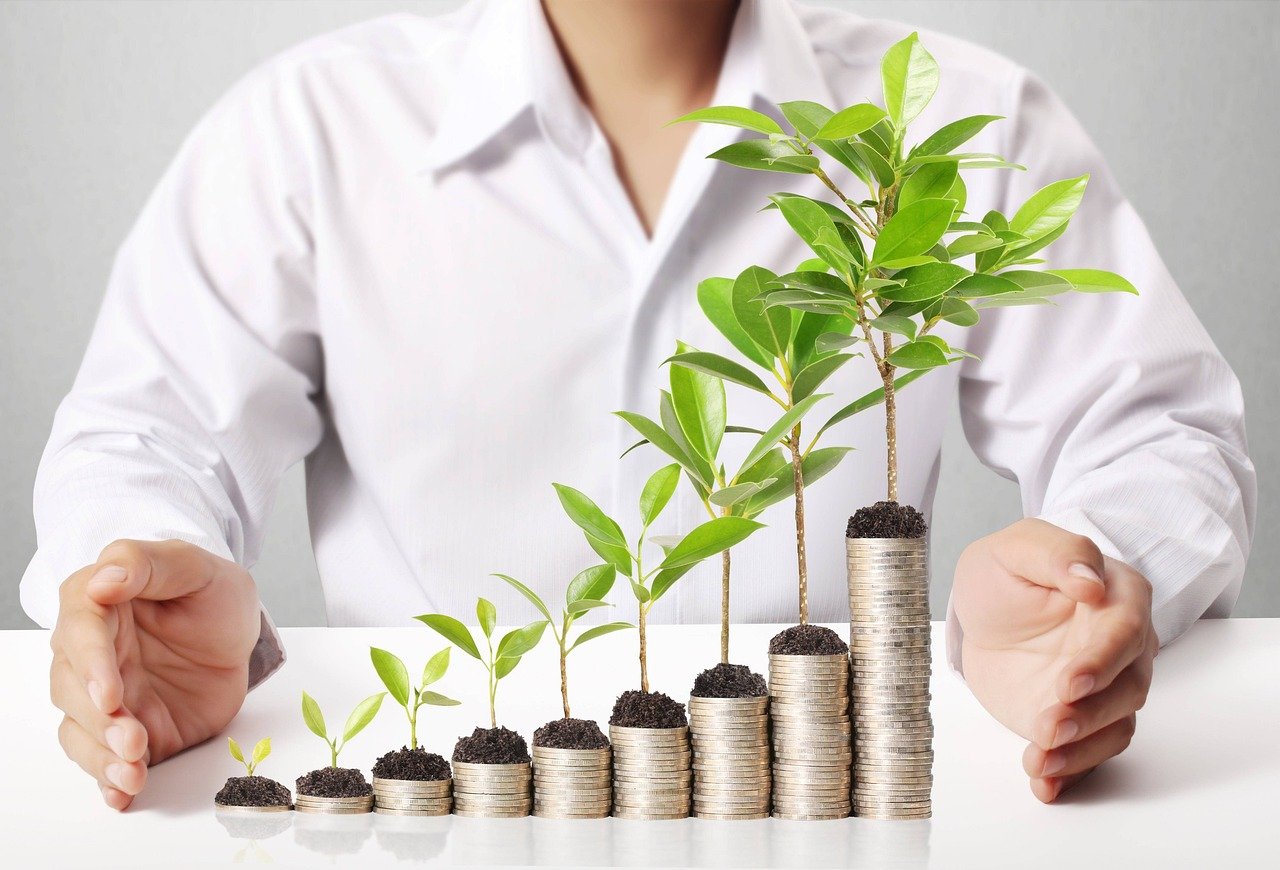
Upon the arrival and welcoming of the customers, a crane lifts them high in the sky to well-made out dinner set up with sophistication, color, pomp and style.
Blendtec is a household goods giant. In their version of The Experience economy, Blendtec have dedicated a full You tube Television channel on running their fun inspired Will_it_Blend? Clips. In these clips and happening in a full laboratory set up, an employee asks the question Will it Blend? And goes ahead to demonstrate for instance blending an ipad in one of their Blender brands with a disclaimer though “Don’t do this with your Ipad!” What they achieve is that around the world, people watch their fun inspired clips over and over again and in retrospect that has resulted in soaring sales figures by up to a 70% margin.
Some quick examples could include; the LEGOLAND experience that has created big business brands around the concept of LegoLand Experience.

MOSAIC HEALTH that offers transformative healthcare. NIKEiD that customizes customer orders. The STARBUCK Coffee House Experience that sells coffee blended with sophistication backed with long term loyalty reward program. And finally the concept of Design tools as explored by Dominios Pizza. Dominios Pizza has put up a design website where customers log in and design their own Pizza based on individual preference.
In a wrap and as explored above, The Experience economy entails a variation of concepts just to mention; Why All Innovations Starts with More Effective Observation, Experience Innovation on the Digital Frontier, differentiating Your Business in the Experience Economy, The Experience IS the Marketing, Designing Experiences in the Digital Age, Authenticity: What Consumers Really Want, Thriving Forever, Mass Customization, Thinking About Leadership Thinking and the aspect of Individual Customers: The Lifeblood of Your Enterprise. In its primacy and essence, the Experience economy tends to lean more towards Individualization; ideally handling each customer on an individual needs level.

Why should businesses embrace The Experience Economy?
Businesses are competing against the world basically against customers Time, Attention and Money. In what sense, Time is Limited, attention is scarce and money is consumable! The Experience is thus the marketing. It is to say the least what will make the customer buy and come back to buy repeatedly. In Embracing Experience Economy, businesses can measure efficacy become customer centric and charge favorably for their packages offered since you are what you charge. This is with reference to stuff, things activities, time and so on geared towards economic reward. In adopting principles of The Experience Economy, businesses will be faced with the dire need to adopt concepts such as commoditization and customization to meet individualized needs. At the center stage though, businesses need to exemplify and maintain authenticity.
When you are authentic, you don’t need to shout that you are authentic rather it should curve out in the business process.
With time, experiences become normal and businesses should explore prolong strategies including but not limited to refreshing and seasonal changes. Experience economy is the modern day business and Experience economy sensitive businesses are navigating towards The Transformation Economy committing to healthy, wealthy and wise compensation plan that is economically rewarding.
PS: Joseph Pine is a US based international bestselling author of The Experience Economy who has written massively on Business the book has been translated in fifteen languages. And just as he puts it, “Work is theatre and every business a stage”
Originally Posted on September 5, 2018
THE ADVENT OF THE EXPERIENCE ECONOMY
https://twicgroup.wordpress.com/2018/09/05/management-the-advent-of-the-experience-economy/
 Add Row
Add Row  Add
Add 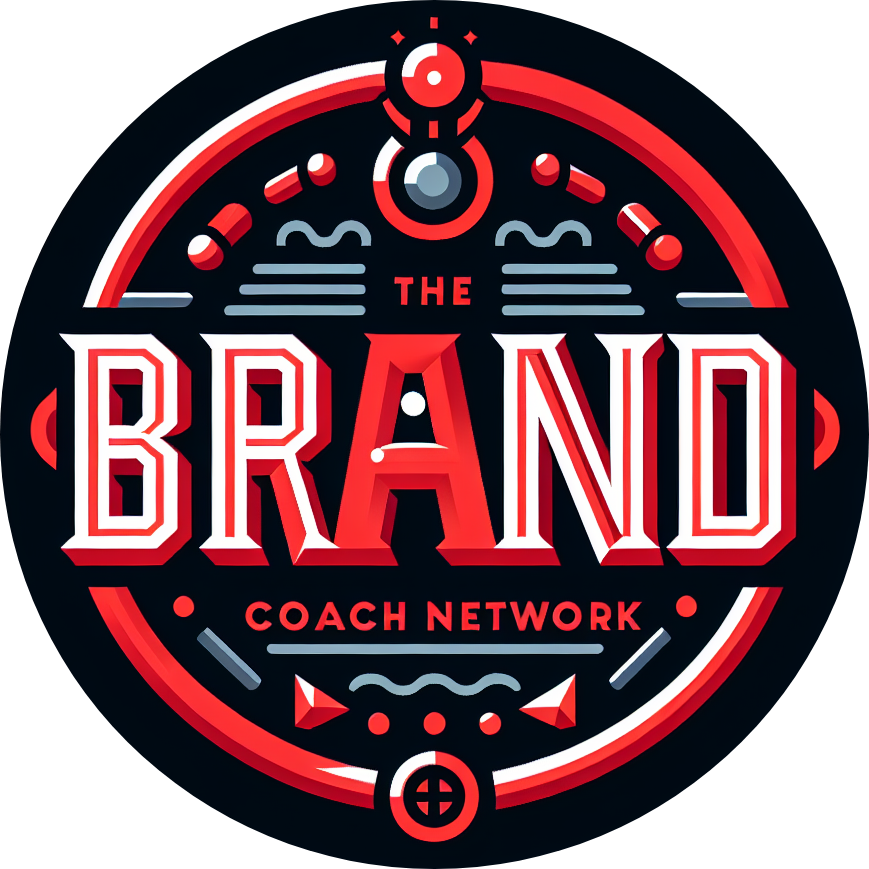

Write A Comment